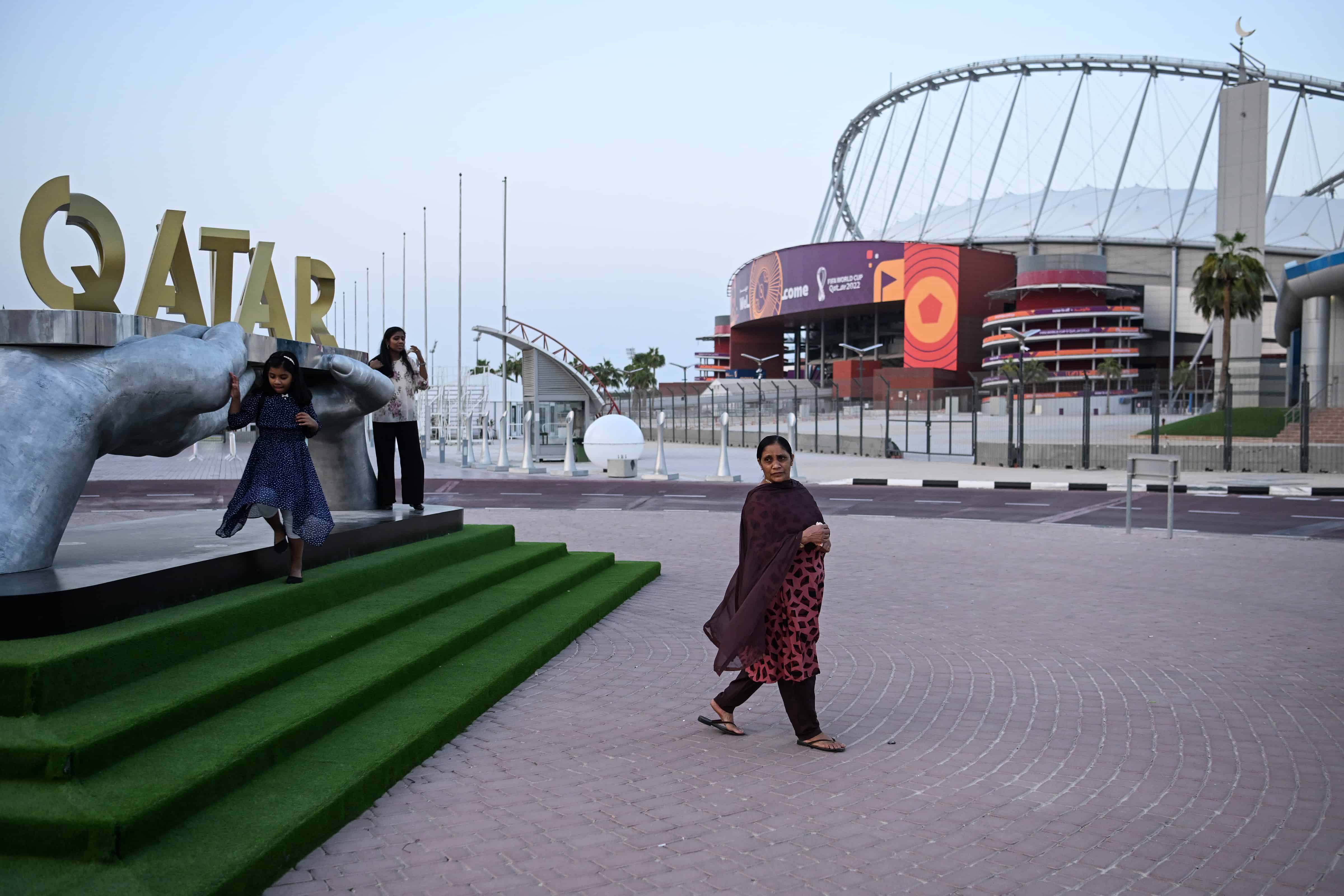Dubai, UAE— The economies of the Gulf Cooperation Council will likely receive a boost from the FIFA 2022 World Cup, as more than 1.2 million fans are expected to attend the event.
According to a survey conducted by S&P Ratings, the influx of football fans from around the world will increase Qatar’s population by 1.5 times, allowing the Arab nation to experience near-term economic gains.
Moreover, the logistical challenge of managing one of the world’s largest sporting events would more likely have a positive economic spillover on the rest of the GCC.
The report said that Dubai would benefit the most outside Qatar because of its geographic proximity, well-developed tourism industry, airline connections and multiple-entry tourist visa provisions.
However, could this be a blip in the radar of Qatar’s economy? Not really, but the economy is expected to slow down after the international championship, the survey found.
While oversupply in the hospitality and real estate sectors may moderate the economy’s growth, the impact on banking sector asset quality is unlikely to be felt.
The survey report further said: “The World Cup’s direct impact is expected to be positive, but mostly short-lived, not affecting Qatar’s economic growth outlook in the medium term,”
Qatar’s recent upgrade in S&P ratings from “AA-” to “AA” is based on its declining debt burden and the expected increase in government revenues following the $30 billion North Field Expansion project.
According to S&P rating estimates, Qatar’s real gross domestic product growth in 2022 will be 4.8 percent, a sharp increase from 2021, partially attributed to increased economic activity associated with the World Cup and the ongoing recovery following the removal of COVID-19-related restrictions.
Non-oil GDP growth is expected to reach 8 percent in 2022, up from 3 percent in 2021. However, there is a small caveat: the rating agency cited media reports suggesting that office hours could be restricted during the event, thereby dampening non-oil growth.
Qatar is competing with the rest of the GCC to attract foreign investment. Dubai is already a well-established regional business hub, while Saudi Arabia has a much larger population and, therefore, a captive market.
Qatar aims to attract 6 million tourists annually by 2030 as part of its long-term economic plan.
It is estimated that the Arab nation welcomed 0.6 million international passengers in 2021, which increased to 0.7 million in the first half of 2022. However, it is still below the 2.1 million passengers it welcomed in 2019.








